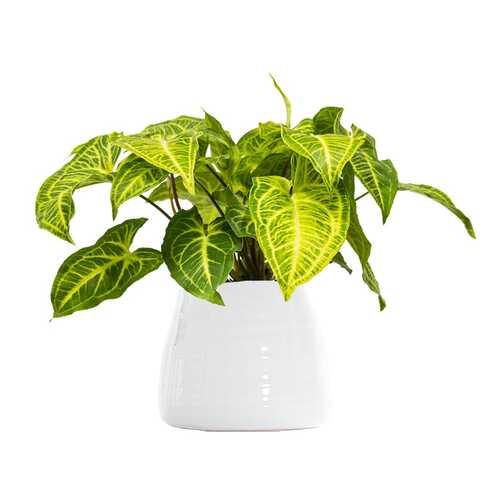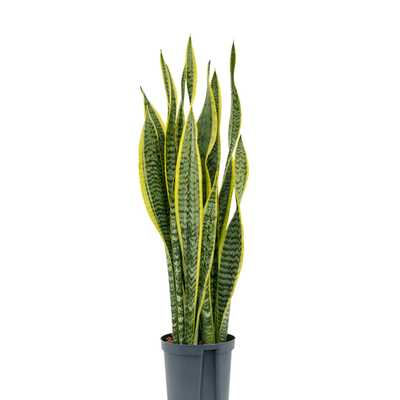Call US : 989124548005
Philodendrons
0 USD
Short Description:
The evergreen, perennial plant involves hundreds of species, which have special cultivars and come in diverse shapes, sizes, and colors. Among the most famous ones are Lacy tree philodendron, Blushing philodendron, Heartleaf philodendron as well as Philodendron Brazil.Climing
Philodendrons’ overall features
The evergreen, perennial plant involves hundreds of species, which have special cultivars and come in diverse shapes, sizes, and colors. Among the most famous ones are Lacy tree philodendron, Blushing philodendron, Heartleaf philodendron as well as Philodendron Brazil.
Basically, Philodendrons are classified in 2 categories: climbing and non-climbing. The climbing or vining type grows upward fast like vines and grows wildly around a pole or any vertical stick. Depending on the species, the climbing philodendron can grow up to over 10 inches at home. The climbing type has beautiful heart-shaped leaves in dark green.
The non-climbing type, on the contrary, stands upright. They have larger bushy leaves compared to the vining version. The leaves come in green shades and their growth pace is not as fast. In fact, non-vining philodendrons are slow-medium growers indoors.
Origin
Native to the rainforests of Central and South America, Philodendrons are from the family of Araceae.
Lighting
This plant needs medium to bright indirect sun rays; however, it’s tolerant of lower light places as well. For a lavish growth, 5 hours of indirect light is needed. The leaves might turn yellow and burn as a result of severe sunlight. So, protect it from that especially in summer. Use artificial lighting as an alternative if the sunlight is not available at your home. Per day 8 to 10 hours of LED lighting would be enough.
Set the pot up near a window, where indirect light won’t irritate the foliage.
Watering
Once the soil is entirely dry, you can go for thorough watering. Of course, from April to September you might need frequent watering. In winter, however, you might need to reduce watering. If you notice that the leaves are falling off, watering has been insufficient. Likewise, droopy leaves indicate you are overwatering or underwatering.
Keep the soil moist but never soggy. The climbing varieties can stand less water as opposed to non-vining.
Large Philodendrons can put up with lack of water but young versions need regular watering till they are fully-established. Water slowly and make sure to drain excess water out of the pot. This avoids rot roots.
Proper soil and fertilizer
The appropriate soil for this plant should be loose, acidic and filled with nutrients. Premixed soils are fine. Use organic soil that includes peat moss, shredded leaves, or coco-coir. Make sure that the soil is well-drained.
The fast-growing plant only needs a balanced liquid fertilizer in the growth season. Do it biweekly. You should avoid fertilizing in cold season. When leaves are growing, cover top soil in rich compost. Good food allows the plant to grow faster with large leaves.
Humidity and Temperature
The tropical plant loves high humidity (over 50%). Temperatures below 55 degrees Fahrenheit will cause the plant to wilt. So, keep it at 65 ° to 78 ° F. Don’t leave the pot in cold weather for a long time!
In dry places, you can increase humidity levels by using a humidifier. Mist the leaves occasionally with a water spray. You can also set the pot up in a tray of pebbles with water; nonetheless, make sure that the roots don’t touch too much water.
The classic, gorgeous houseplant is not hard to maintain. You can comfortably grow it in any indoor places. They add to the beauty of any settings and go with any décor. They clean up the air for you, emitting oxygen from their large, wide leaves. Generally, they are able to grow in harsh conditions, which makes them more popular for indoor spaces.
Note:
Philodendrons might be toxic and shouldn’t be ingested.
Brief overview:
Botanical Name: Philodendron
Family: Araceae
Plant type: Perennial, evergreen
Soil: Origin: Central and South America
Plant’s classification: Ornamental houseplant
Requirements: medium to bright indirect; high humidity; acidic, well-drained soil
| Colors : | Green, Varigated, Burgundy, Neon, Orange, Varigated |
| Height : | 10cm, 15cm, 20cm, 25cm, 35cm, 40cm, 55cm, 60cm |
| Pot (Liter) : | 1.4, 19, 4, 7, 16, 10 |
Product Reviews
Similar Products
List of similar products that you can see

Yucca’s
0 USD

Yocca
0 USD

Zamioculcas Zamiifolia
0 USD

Syngonium’s
0 USD

Spathiphyllum
0 USD

Schefflera
0 USD

sansevieria
0 USD

Pothos Silver Splash
0 USD

Pothos adanson
0 USD


.jpg)
.jpg)
.jpg)
